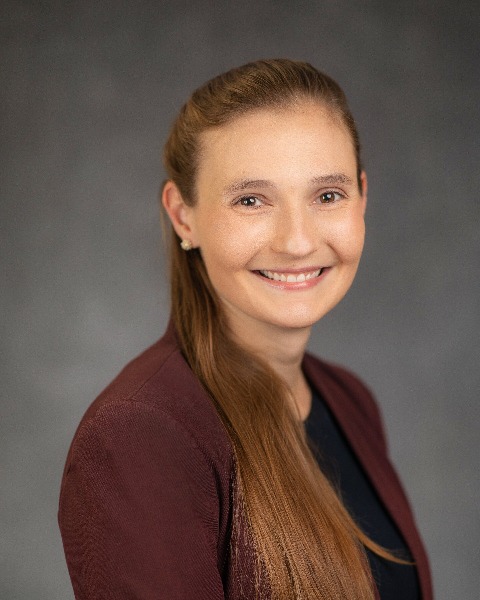Medical Education
Session: Medical Education 10
519 - Delivering Difficult Peer Feedback: Faculty & Resident Assessor Reactions to Personalized Feedback on Implicit Bias in Medical Student Assessments
Monday, May 6, 2024
9:30 AM - 11:30 AM ET
Poster Number: 519
Publication Number: 519.2881
Publication Number: 519.2881

Rachel Poeppelman, MD, MHPE (she/her/hers)
Assistant Professor
University of Minnesota Masonic Children's Hospital
edina, Minnesota, United States
Presenting Author(s)
Background: The use of biased language on the basis of gender or race in narrative assessment data is well documented in medical education. Bias in narrative assessments impedes the development and success of our trainees. Furthermore, narrative assessment data is an important factor in high stakes decisions for our learners, such as promotion or matriculation. Bias in these data has the potential to undermine the validity of these decisions. By developing an intervention aimed to decrease the presence of bias in narrative assessment data, we hope to encourage the development, advancement, and professional identity formation of a diverse workforce. One possible intervention to mitigate implicit bias in assessment data is targeted, individualized feedback to faculty and residents on medical student assessment practices.
Objective: We seek to better characterize the feasibility, acceptability and perceived impact of providing personalized feedback to resident and faculty assessors on language trends in their assessments suggesting implicit bias.
Design/Methods: A mock feedback letter was drafted based on narrative trends reflecting implicit bias in the literature, then presented to 23 resident and faculty interviewees over zoom. A research assistant utilized a think-aloud approach and a semi-structured interview guide for each interview. Interviewees received a gift card for participation. Four authors completed a qualitative analysis of the data using a constructivist approach to data analysis and completed open, inductive, thematic coding of the interviews. Throughout analysis they completed a total of four norming sessions and composed 3 interim memos.
Results: We grouped themes in 3 categories: 1) reactions to the mock data, 2) hypothesized impact, and 3) takeaways about data presentation. Participant identity strongly influenced reactions. Participants were generally accepting of the data but almost universally displayed an assumption that the reported trends were about someone else, not them. There was a wide range of hypothesized impacts- including no impact, deeper reflection, developing group-based strategies to mitigate bias and a search for “unbiased” substitution words. The importance of presenting this feedback in the context of additional resources, psychological support and coaching was emphasized as were some practical takeaways about the formatting of the feedback letter.
Conclusion(s): Difficult feedback should be provided in the context of a support structure with the local context in mind. Personalized feedback has the potential to impact implicit bias in assessment.
